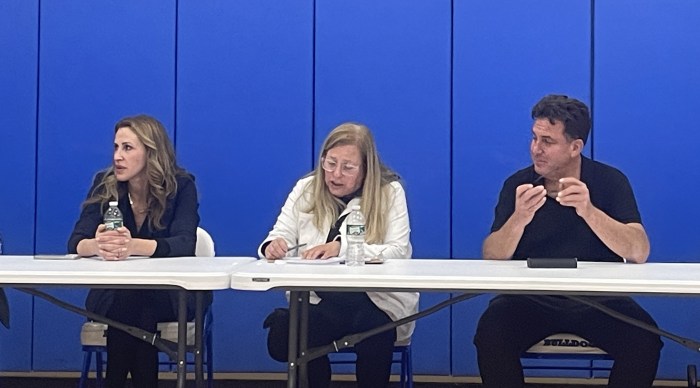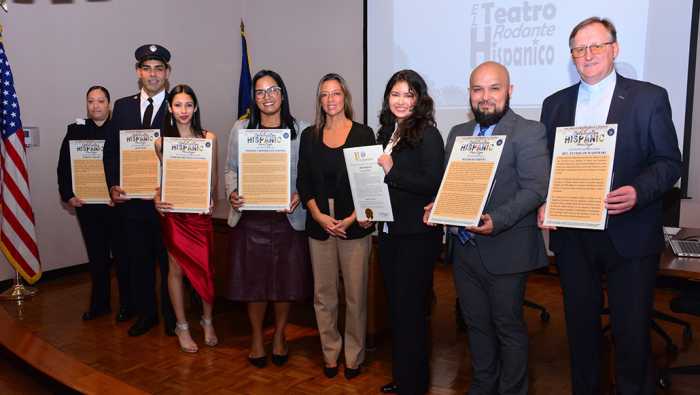Oyster gardening has blossomed in Manhasset Bay in an effort to bolster the local ecology, but so far efforts have been focused on the eastern side of the bay.
This could change as the Great Neck Village Officials Association weighs joining in and establishing gardens on the western side of Manhasset Bay as well.
“It’s a great volunteer community resource by which the community can get involved, different organizations in the community can lend some volunteers to the program and we can add to that population,” said Thomaston Mayor Steven Weinberg, who heads the association.
Cornell Cooperative community aquaculture educator Christina LoBuglio presented to the Great Neck Village Officials Association on Wednesday, April 30 what oyster gardening is and how Great Neck can get involved.
LoBuglio said New York used to be considered the oyster capital of the world, but overharvesting, disease, predation, and poor water quality have led to just 1% of the area’s historic oyster reefs remaining.
Oyster seeding in Manhasset Bay is a project led by the Cornell Cooperative Extension, brought to North Hempstead by town Council Member Mariann Dalimonte. Its goal is to foster the local oyster population to bring it back to the glory it once was.
Oyster seeding is the process of raising oysters from infancy to adulthood through spat-on-shells. Spat refers to oysters in their infancy, beginning at just the size of a pinky nail, which require a hard surface, like a shell, to stick to as they mature.
The program will also advance this year to include collecting oyster and clam shells from local restaurants to raise the adolescent oysters on.
The project’s purpose is to cultivate and restore the natural oyster population, which provides ecological benefits such as filtering the bay’s water to improve its quality. The oysters are currently only being raised for the restoration of the local environment, not for consumption.
Oysters and oyster gardens provide multiple benefits to the bay, including habitat building for other species and reducing wave energy to prevent shoreline erosion.
One oyster filters upwards of 50 gallons a day. With more than 4 million oysters now reintroduced to the bay, this amounts to more than 200 million gallons filtered daily.
The Town of North Hempstead began a pilot program for oyster gardens. To cultivate the population, it maintained three oyster gardens in the bay.
So far, the project has led to the return of 4 million oysters to the bay.
This year, the program will expand to nine oyster garden sites in Manhasset Bay. But LoBuglio said there is space to add even more, including on the Great Neck side of the bay.
The oyster gardens are maintained in cages that hang off local docks. Volunteers clean the cages bi-weekly, measure the oysters to track their progress, and remove any predators.
Oyster gardens can only be placed at public or organization-owned docks, excluding private docks from participating. LoBuglio said this is due to permit issues with the Department of Environmental Conservation.
LoBuglio said the Cornell Cooperative provides grants for the oyster gardens, and one has been set aside for Great Neck if they opt to partake.
Oyster gardening is scheduled to begin in late June or early July and will carry through October.
Volunteers would be required to participate in an hour-and-a-half training session, followed by biweekly maintenance of the gardens for another hour and a half each.


































